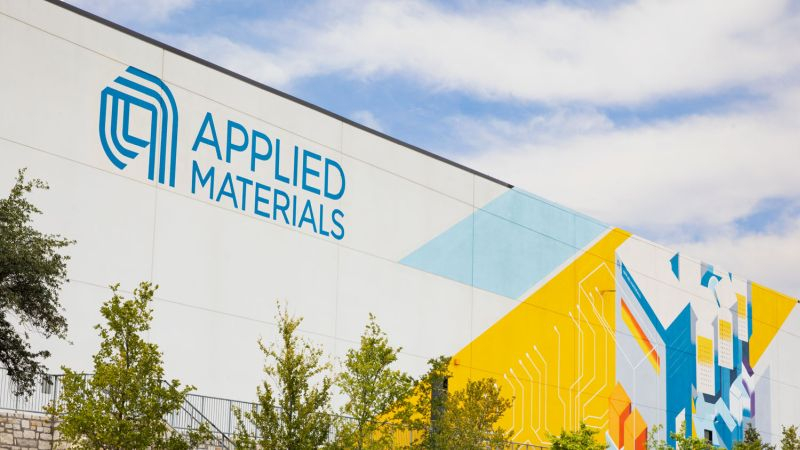The history of the distribution of government financial assistance in accordance with the “Chip Law” adopted in the United States in 2022 also contains examples of unsuccessful attempts by participants in the semiconductor products market to receive targeted subsidies. A well-known manufacturer of chip production equipment, Applied Materials, received a refusal from the US Department of Commerce for its application to subsidize the construction of a research and development center.

Image source: applied materials
Applied Materials plans to build this facility in California from May 2023; it initially expected to spend $4 billion on this project, but the lack of prospects for receiving subsidies may force it to reconsider the scale of construction. As Bloomberg reports, the company received a refusal from American officials because they could not find reasons why this project could meet the requirements for participation in the program.
Perhaps this precedent means that the US authorities do not intend to provide non-repayable subsidies to large manufacturers of chip production equipment for the implementation of such projects in the country. The bulk of the funds allocated in the American budget under the “Chip Law” should be directed to the creation of enterprises for the production of chips. Direct subsidies for these needs should be allocated $39 billion. Research and development and training in related areas will require $11 billion in subsidies. Another $2.7 billion had to be reserved for similar needs for defense projects. The largest amount of $75 billion is a fund of soft loans, which will sooner or later return to the state budget.
According to sources, Applied Materials was rejected in part due to the need for US authorities to redistribute R&D subsidies in favor of defense initiatives. The Commerce Department tried to increase the program’s budget by $3 billion, but this proposal was not approved by the US Congress. Major decisions on the distribution of $11 billion in subsidies among US research participants are expected to be made this fall. In total, more than 670 companies are applying for US government subsidies, so it is not unusual that some of them will have their applications rejected.
The US government wants to finance the creation of three specialized sites. One of them will produce prototypes of third-party chips and their packaging, the second will focus on development and administrative work, and the third will optimize EUV lithography technologies. It is expected that these projects will require billions of dollars of investment from the US authorities, but market participants do not quite understand in whose interests the prototype production complex will work.